
Wagtail
Wagtail
Wagtail
Do you know about the bird called 'Wagtail'? Actually, the name 'Wagtail' refers to a family, and there is no bird solely named 'Wagtail'. I will introduce various types of Wagtails, including those in the Wagtail family.
Wagtail Basic Infomation
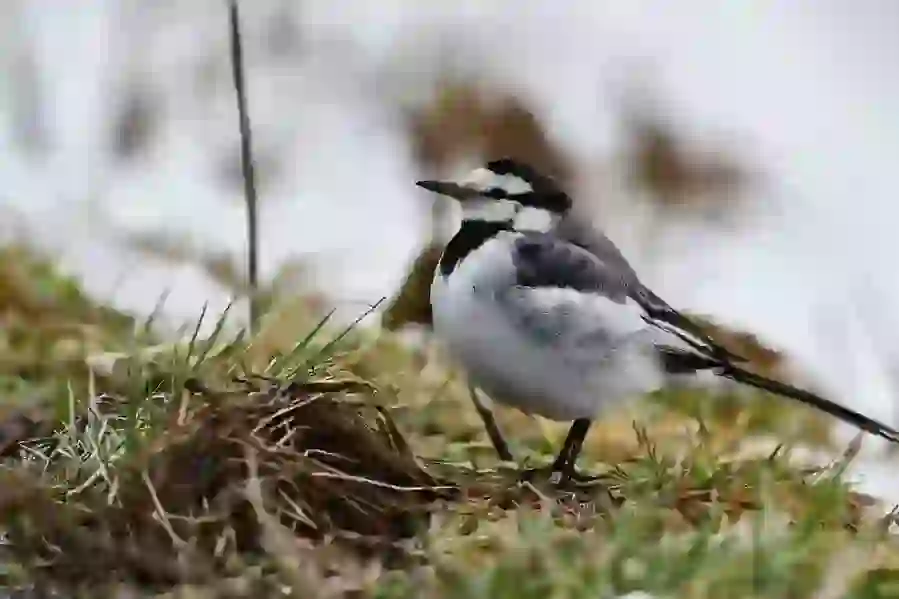
Order Passeriformes, Family Motacillidae
Total length: 20 to 21 cm
The type of Wagtail varies, but the species called 'White Wagtail' lives almost everywhere from the Eurasian continent to the African continent. They are also widespread across almost all of Japan, with the 'White Wagtail', 'Black-backed Wagtail', and 'Japanese Wagtail' commonly seen. Among them, the Black-backed Wagtail is endemic to Japan, living almost exclusively in Japan.
The White Wagtail used to be a migratory bird that came to Japan for the winter, but since around 1970, it has stopped migrating and some have been living in Japan permanently. The Black-backed Wagtail and the Japanese Wagtail are resident birds, living in Japan throughout the year without migrating.
The names of Wagtail species are often based on their appearance and color; the Japanese Wagtail has a yellow belly, the White Wagtail has a white belly and wings, and the Black-backed Wagtail has a black back, head, and chest. I will talk about the differences in appearance of these three types.
First, the Japanese Wagtail. It is slimmer and slightly smaller than the White Wagtail and Black-backed Wagtail. All three types of wagtails have a black pattern like a scarf around their chest, but in the Japanese Wagtail, the scarf turns black in summer and white in winter. The change in the scarf's color occurs only in males, while females may occasionally change, but mostly remain white.
Next, the White Wagtail. It has a slightly elongated body and long tail. The head and back are a blackish gray, and males turn black in summer. This may not seem very different from the Black-backed Wagtail. However, if you look closely, the face is different. Although the head is black, the face is white, and there is a black horizontal line across the eye. Unlike the Japanese Wagtail, the scarf does not change color with the seasons and is always black, but in summer, both males and females have a thicker scarf that turns black up to the neck.
Finally, the Black-backed Wagtail. It has a rounder body and is the largest of the three. Unlike the White Wagtail, which has black on the back, head, and chest separately, the Black-backed Wagtail has all these black parts connected. Only the forehead is white, making it look like it is wearing a large scarf from the head to the back. Unlike the other two types, the Black-backed Wagtail does not change with the seasons. Its belly and wings are white, which makes it look similar to the White Wagtail when flying.
A characteristic of the Wagtail family is tail wagging. Most wagtails wag their tails vertically, but the species called 'Rock Wagtail' wags it horizontally. They wag even when they are drowsy and only stop when they are fully asleep. It's cute like watching a baby.
They fly like a wave in the sky and chirp 'chichin, chichin' when taking off. The Black-backed Wagtail has a distinctive call, chirping in a muffled voice 'jijit, jijit'.
Although they all share the name 'Wagtail', there are quite a few differences.
Wagtail Q&A

What is the origin of the name 'Wagtail'?
In Chinese, 'Wagtail' is written as '鶺鴒' and was phonetically translated to 'Sekirei' in Japanese. In English, it is called 'Wagtail', which literally means 'to wag the tail'.
In China, it is also known by another name, 'Lovers' Bird', because the way they interact with their partners appears as if they are fondly thinking of each other.
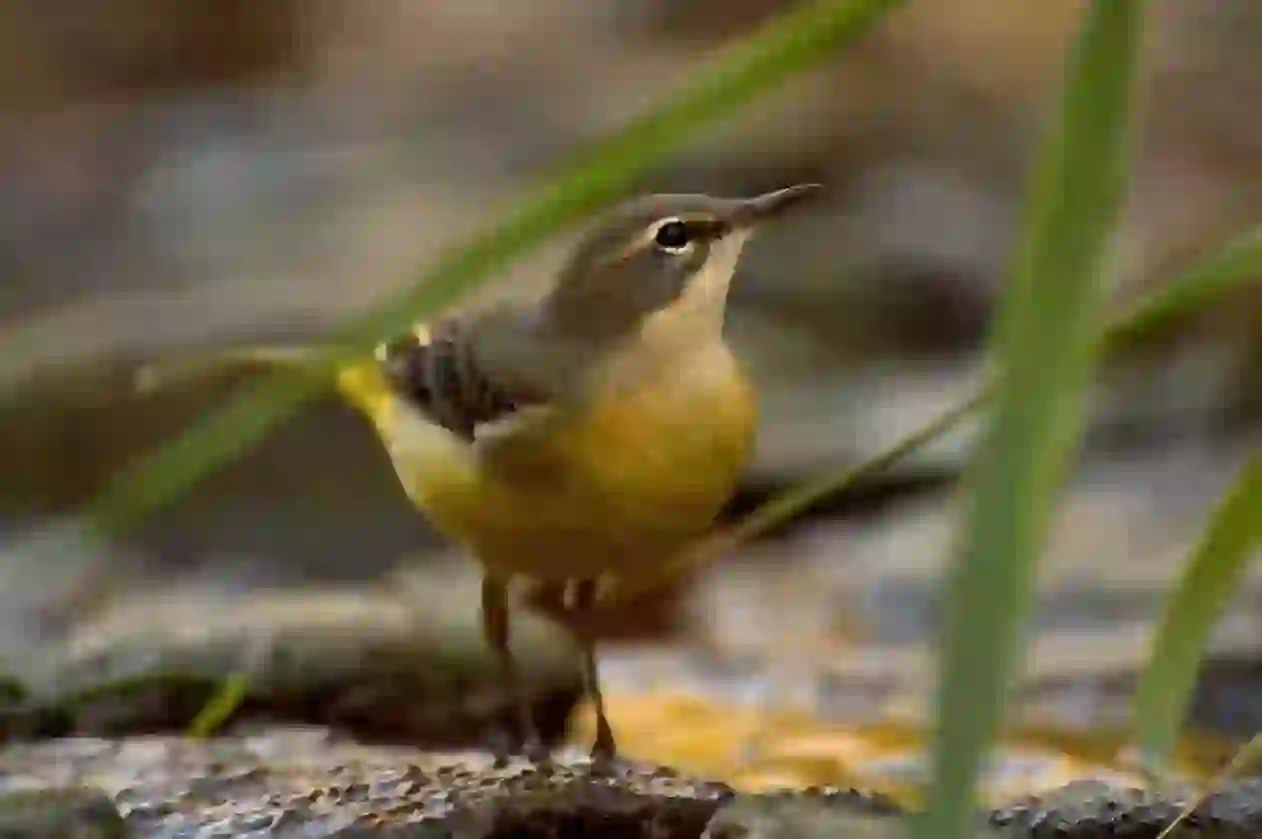
Why do wagtails live there?
Wagtails live near coasts, rivers, and ponds, but they are also found in agricultural fields, roads, parks, and even factories. They live near water but do not enter it, living instead on the ground or in trees. The Japanese Wagtail typically lives near the upper streams of rivers, the Black-backed Wagtail near the middle, and the White Wagtail near the lower streams. However, the Japanese Wagtail is commonly found near rivers, while the White and Black-backed Wagtails can also live in residential areas near rivers.
They often act alone or as a couple, and the Chinese nickname, derived from their couple behavior, might be rooted in this. In spring, they pair up for breeding, but their behavior changes in autumn and winter. During the day, they act as usual, but at night, they gather by the thousands at places like train stations, staying briefly before sleeping in nearby trees. Perhaps they are sharing their day's events before retiring for the night. This scene is only observed in autumn and winter.
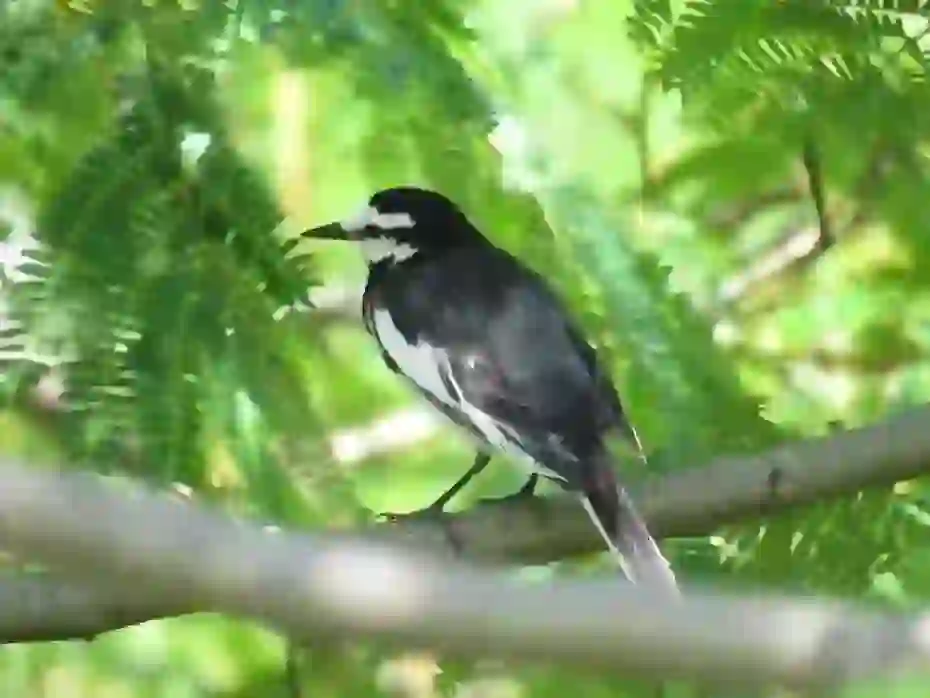
What do wagtails eat?
Living near water, wagtails feed on insects, earthworms, and spiders living there. They can also catch flying insects like dragonflies. Being omnivorous, species such as the White and Black-backed Wagtails, which often live near humans, sometimes eat bread. Be careful, they might snatch food while you're distracted at the park.
They search for food by walking, and upon spotting prey, they quickly snatch it. Wagtails are known for their fast walking speed.

Can wagtails walk?
You might wonder from the previous answer, can such small birds walk? Imagine a sparrow on the ground; they typically hop. However, unlike most small birds that hop, wagtails walk by alternating their legs, similar to humans. This trait traces back to their dinosaur ancestors. While evolving into birds, they lived in forests, adapting by becoming smaller and losing the need to walk as they perched on branches. However, wagtails, having adapted to living on the ground, retained their ability to walk. Perhaps they grew tired of competing for food in the forests.
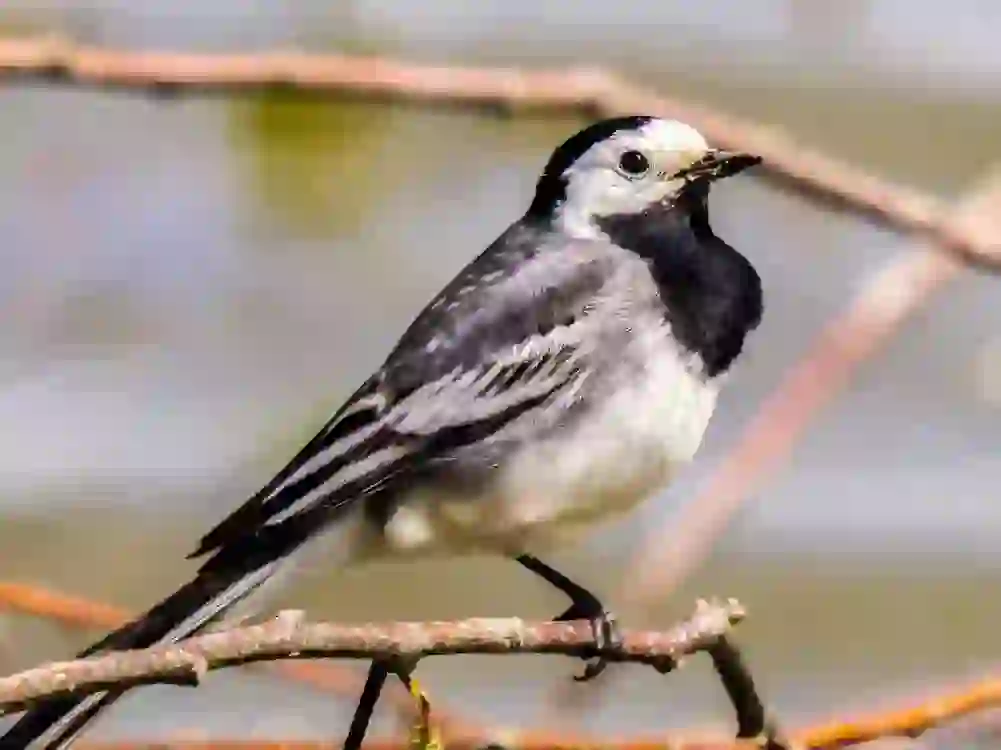
How do wagtails reproduce?
The breeding season for wagtails is from April to August. During this period, males' scarves become darker and larger, possibly as an appeal to females. Once a partner is found, they build a nest in varying locations depending on the species.
The Japanese Wagtail, which lives near rivers, builds its nest along riverbanks; the White Wagtail prefers coastlines and agricultural fields, and the Black-backed Wagtail also nests near rivers and rice fields. All three species, however, also commonly build nests in human residences, probably because the shaded areas provided by houses are ideal for nesting.
Once the nest is completed, they lay 4 to 6 eggs, which hatch within about two weeks. The chicks leave the nest just two weeks after hatching. Despite the short time, they receive plenty of love and care from their parents. The Japanese Wagtail even carries its chicks' droppings to water bodies to keep the nest clean. Although they fledge quickly, they grow up filled with love.
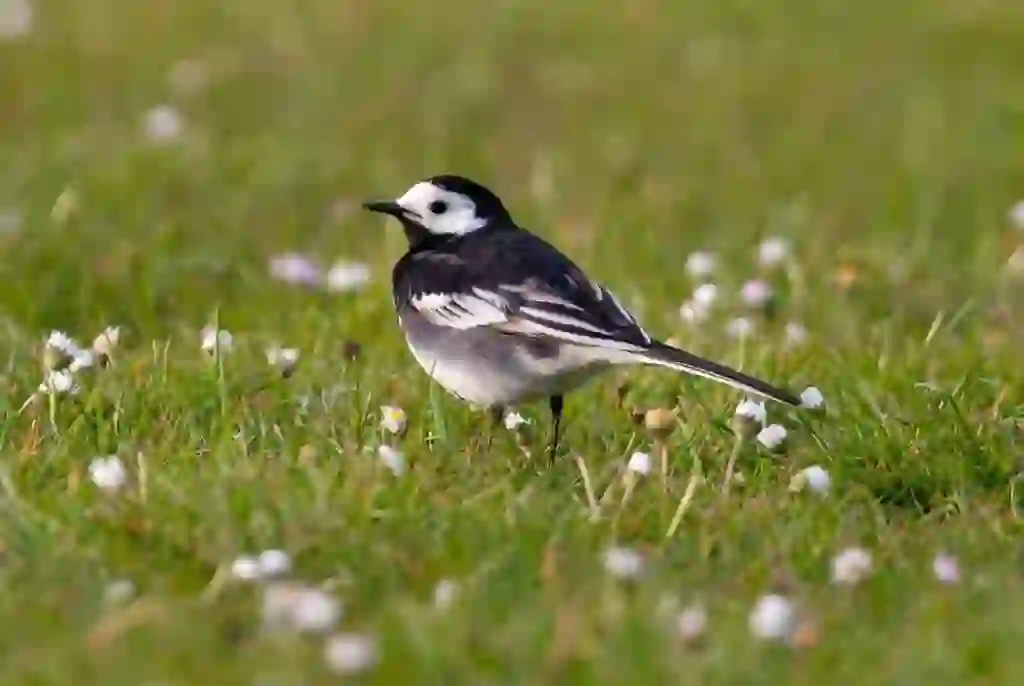
Is it true that if there were no wagtails, the Japanese people would not exist?
Wagtails have been living alongside humans since ancient times, as evidenced by their earliest appearances in historical documents.
One such document is the Nihon Shoki (Chronicles of Japan), where wagtails are mentioned. According to the Nihon Shoki, the gods Izanagi and Izanami, who created Japan and its gods, learned how to create the country and other deities by observing wagtails. The characteristic tail wagging of wagtails taught them how male and female should unite, enabling them to create the land, gods, and children.
It is said that without wagtails, the nation of Japan and its people might not have come into existence.
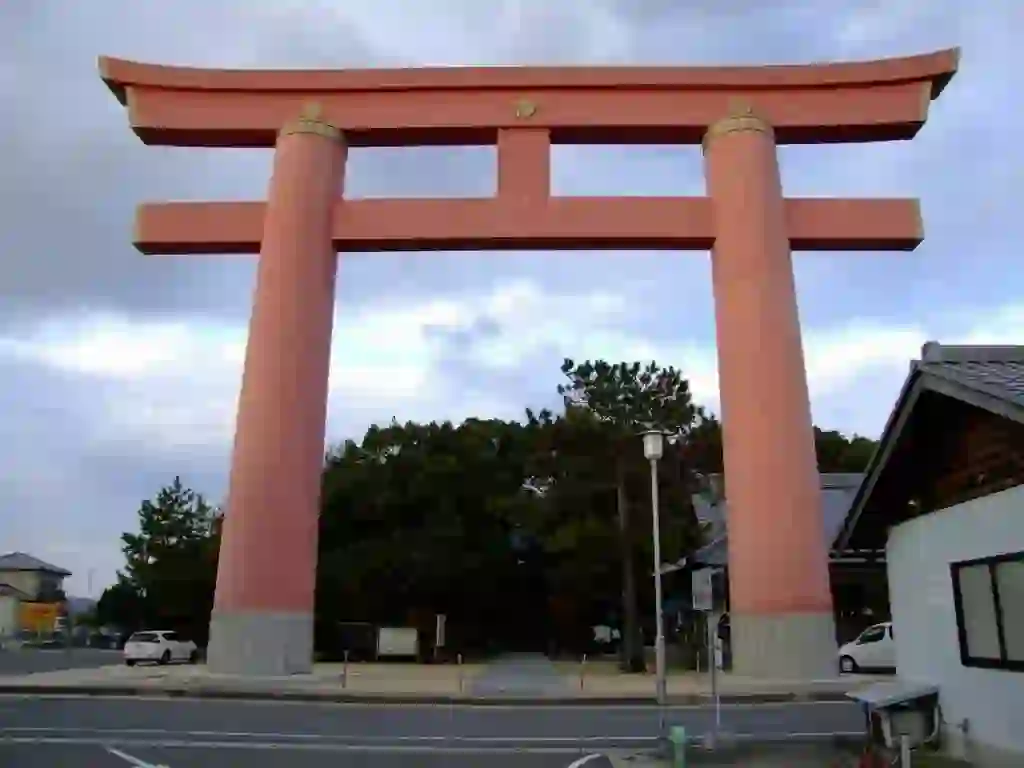
Is the wagtail considered a god?
Although wagtails are not considered gods in the Nihon Shoki, they are associated with various folklore and regarded as divine in many parts of Japan due to the stories. They are often depicted in wedding decorations and dowries because of their association with fertility and marriage, which stems from the Nihon Shoki.
In different regions, wagtails are connected to local legends. For example, on Awaji Island, there is a stone called 'Sekirei-ishi' (Wagtail Stone), considered a power spot for couples and lovers, believed to be the place where wagtails taught Izanagi and Izanami the ways of conjugal union.
In Shizuoka and Hiroshima prefectures, wagtails are revered as 'birds of the gods', believed to have taught the ancient Japanese the secrets of creation. In Gifu prefecture, there is a belief that harming a wagtail can bring a curse, indicating how deeply wagtails are woven into the cultural fabric.

Does the wagtail have any other names?
Wagtails are known by many names, reflecting their behavior and characteristics. For instance, they are called 'Ishitatami' because their tail-wagging resembles the action of tapping stones. River-dwelling wagtails are sometimes called 'Kawarasuzume'.
Because of their mythological role in teaching the ancients, they have names like 'Oshiedori' (Teaching Bird) and 'Totsugidori' (Conductor Bird).
In some instances, wagtails lead cars and people along paths, earning them the name 'Michioshiedori' (Path Guide Bird). Other names include 'Ishikunagi', 'Imosedori', 'Nikuwanagi', and many others, each reflecting different aspects of their nature and the folklore surrounding them.

Is the wagtail an endangered species?
While wagtails are not endangered, species such as the Japanese Wagtail, White Wagtail, and Black-backed Wagtail are protected under wildlife conservation laws. However, it is a misconception to assume they are not at risk just because they are not classified as endangered.
In recent years, the populations of the Japanese Wagtail and Black-backed Wagtail have been declining, primarily due to environmental changes and displacement by the White Wagtail, which has become a resident bird in Japan more recently. Historically, the Japanese and Black-backed Wagtails had well-established territories, but the White Wagtail's arrival disrupted this balance, leading to habitat loss for the former species.
Japan is home to five wagtail species, with these three being the most numerous. Efforts are hoped to ensure their populations do not decline further and that they can coexist peacefully with humans and each other.

Is it true that wagtails cause problems?
As mentioned earlier, wagtails build nests in human residences, which can unfortunately lead to conflicts. Being wild birds, they carry fleas, ticks, and parasites, which can pose health risks to humans.
Additionally, wagtails have a strong territorial instinct and will attack intruders, including their own reflection in mirrors, which can lead to damage to property such as car mirrors. While such behavior might seem problematic, it is essential to remember that they are protected by law, and harming them or their nests is prohibited. Preventative measures, such as placing shiny objects or effigies of predators like crows or hawks, are recommended to discourage them from nesting in problematic areas, helping both wagtails and humans coexist more harmoniously.

Would you like to become a part of the 'Animalbook.jp'?
Turn your knowledge into Q&A and share it with the world. ※Publication will be activated after purchase. Let's share information together!
Wagtail Type of List

- [Wagtail Genus]
- ・White Wagtail
- ・Black-backed Wagtail
- ・Japanese Wagtail
- ・Large White Wagtail
- ・Pied Wagtail
- ・Yellow-headed Wagtail
- ・Grey Wagtail
- ・Madagascar Wagtail
- ・Grey White Wagtail
- ・Other related Wagtails
- [Rock Wagtail Genus]
- ・Rock Wagtail
Information
Congratulations! You are the first commenter!

Create Your Favorite List!
Wagtail
Save the animals you love! Build your own list to quickly revisit your favorites later.

Would you like to leave a comment?
※Please note: This is for the purchase of rights to post comments within the article.
Find Your Favorites!
Our shop offers a unique and attractive selection of goods themed around various animals.
Wagtail References

- Wikipedia https://ja.wikipedia.org/wiki/セキレイ
- EPARK くらしのレスキュー https://rescue.epark.jp/columns/gaityou-gaiju/gaityou/844#:~:text=セキレイは全長20cmほど,で生活しています。
- 教育出版 webずかん 鳥ずかん https://www.kyoiku-shuppan.co.jp/docs/pages/rika/guide/bird/segurosekirei.html
- サントリーの愛鳥活動 ハクセキレイ https://www.suntory.co.jp/eco/birds/encyclopedia/detail/4610.html
- サントリーの愛鳥活動 ハクセキレイ https://www.suntory.co.jp/eco/birds/encyclopedia/detail/1525.html
- サントリーの愛鳥活動 キセキレイ https://www.suntory.co.jp/eco/birds/encyclopedia/detail/1412.html
- Canon Global CANON BIRD BRANCH PROJECT 生物多様性の取り組み https://global.canon/ja/environment/bird-branch/photo-gallery/hakusekirei/index.html
- 日本野鳥の会 埼玉 https://www.wbsj-saitama.org/yacho/koe/24.html
- tenki.jp https://tenki.jp/suppl/usagida/2016/09/12/15311.html
- ライフコラム 生きものがたり https://style.nikkei.com/article/DGXNASDG29050_Z20C14A1000000/
- Field note 新潟県でみられる野鳥 http://takibi-club.a.la9.jp/bird2/sekirei-2.html
- Pet Pedia https://petpedia.net/article/766/gray_wagtail
- 日本野鳥の会京都支部 https://wbsj-kyoto.net/yachoulist/セグロセキレイ/
Wagtail Introduction of media used
出典:https://pixabay.com/videos/id-88936/

出典:https://pixabay.com/images/id-6991458/

出典:https://pixabay.com/images/id-3996994/

出典:https://pixabay.com/images/id-4297457/

出典:https://pixabay.com/images/id-3266284/

出典:https://pixabay.com/images/id-2390374/

出典:https://pixabay.com/images/id-5116461/
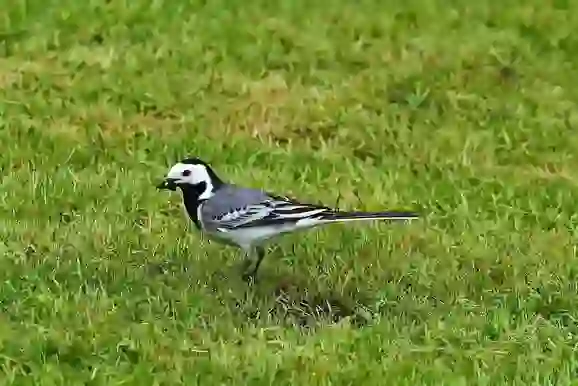
出典:https://pixabay.com/images/id-5208638/

出典:https://pixabay.com/images/id-5422124/

other
出典:https://commons.wikimedia.org/wiki/File:Onokorojima Jinjya 1.jpg

出典:https://pixabay.com/images/id-2658025/

出典:https://pixabay.com/images/id-3240026/

出典:https://pixabay.com/images/id-5218768/

Help Enrich Our Animalbook.jp with Your Media!
We are constantly looking to expand and enrich our Animalbook.jp with amazing photos and videos of animals. If you have any media that you'd like to share, please contribute and help us showcase the beauty and diversity of the animal kingdom. Your submissions will be credited and featured in our encyclopedia, reaching a wide audience of animal lovers.


















